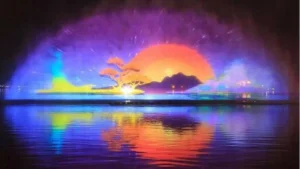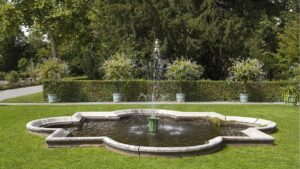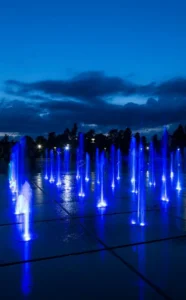- Product Knowledge
Famous Dry Fountains Around the World: Where Art Meets Urban Innovation
When envisioning fountains, most imagine cascading water and shimmering reflections—yet a growing trend in urban design challenges this perception. Dry fountains, also known as “invisible” or “waterless” fountains, reimagine public spaces by blending minimalist aesthetics with interactive functionality. These installations captivate visitors not through flowing water but through innovative design, historical significance, and cultural symbolism. In this article, we explore iconic dry fountains across the globe, uncovering their stories and the creative vision behind them.
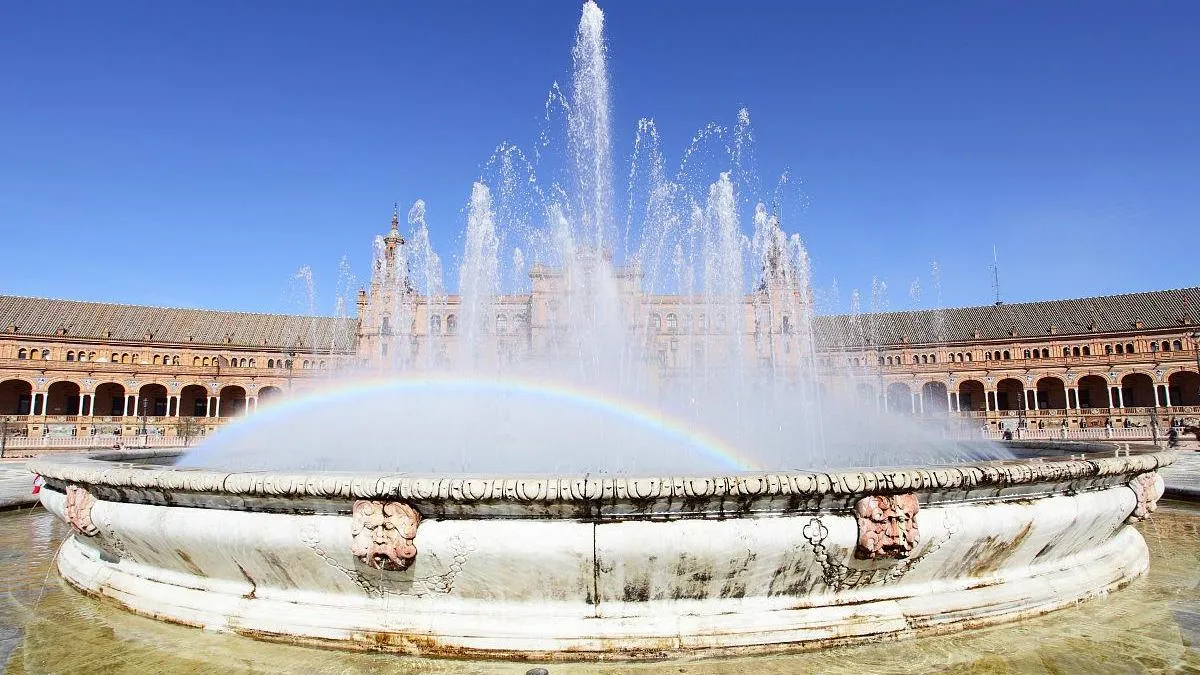
Plaza de España (Seville, Spain): A Tribute to Timeless Grandeur
The Plaza de España, built for the 1929 Ibero-American Exposition, features a striking dry fountain at its heart. Surrounded by a crescent-shaped Renaissance Revival complex, the fountain’s basin—lined with vibrant ceramic tiles—serves as a stage for cultural events. Without water, its beauty lies in intricate craftsmanship and the interplay of light on tilework. Visitors are drawn to its grandeur, proving that absence can amplify artistic impact.
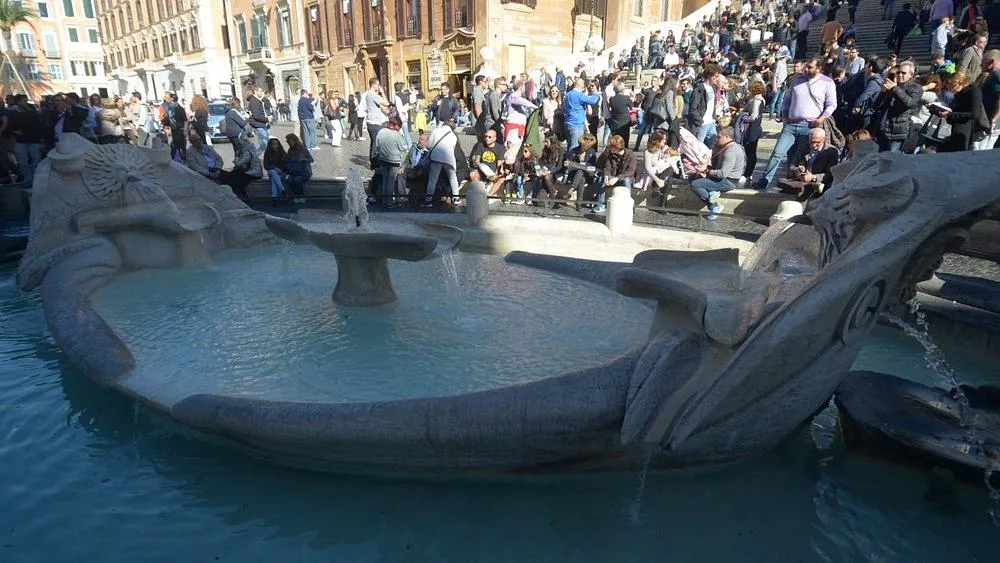
Barcaccia Dry Fountain (Barcelona, Spain): A Playful Urban Oasis
Nestled in Barcelona’s Poblenou district, the Barcaccia Dry Fountain transforms public interaction. Designed by architect Elisa Arimany, its stepped terraces of granite and stainless steel invite people to sit, socialize, or even skateboard. By day, it’s a sunlit gathering spot; by night, embedded LEDs create an ethereal glow. This fusion of utility and artistry redefines how urban spaces engage communities.
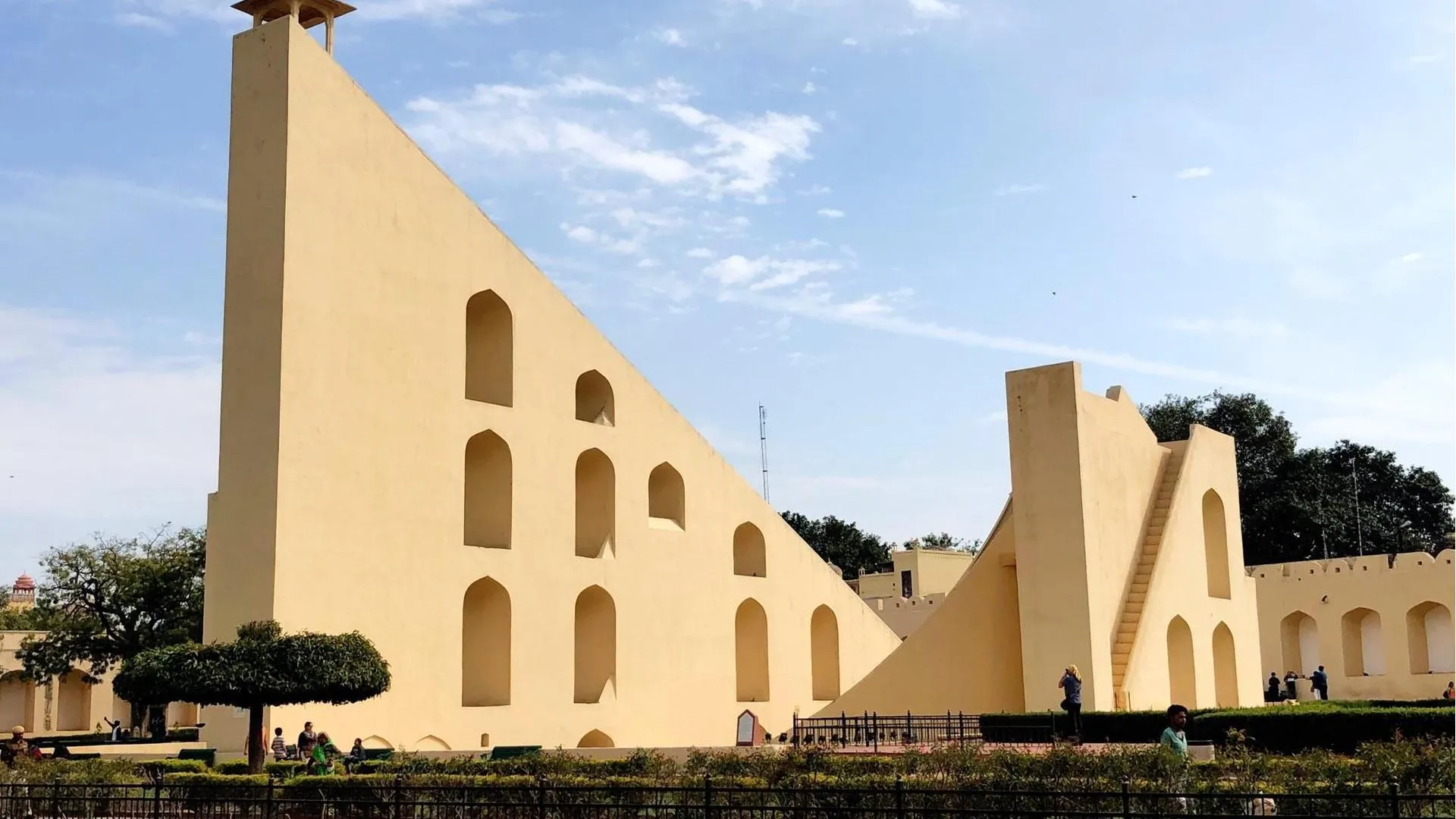
Jantar Mantar (Jaipur, India): Where Science and Symbolism Converge
A UNESCO World Heritage Site, Jantar Mantar’s 18th-century astronomical observatory includes a symbolic dry fountain. The Rashivalaya Yantra, a circular structure with carved channels, once tracked celestial movements. Though never functional as a water feature, its geometric precision reflects the intersection of science and spirituality—a testament to dry fountains as vessels of cultural storytelling.
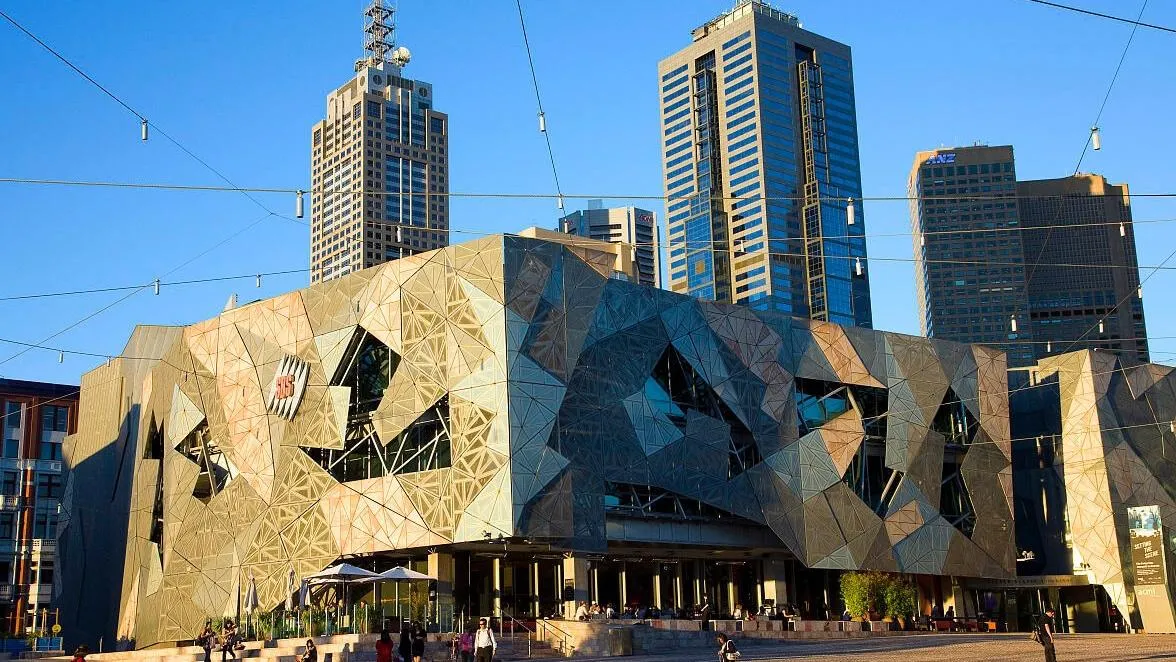
Federation Square (Melbourne, Australia): Minimalism in Motion
Melbourne’s Federation Square features a sleek dry fountain that doubles as a performance space. Its angular sandstone platforms, devoid of water, prioritize human activity over traditional aesthetics. Whether hosting markets or silent protests, this design exemplifies how dry fountains adapt to urban needs while fostering connection.
Why Dry Fountains Matter in Modern Design
Dry fountains challenge conventions by prioritizing versatility. They reduce water waste, lower maintenance costs, and create adaptable spaces for events. Architects leverage materials like stone, metal, and light to evoke emotion without relying on liquid elements. In an era of sustainability, these installations symbolize innovation—proving that beauty thrives in restraint.
By merging history, sustainability, and creativity, dry fountains redefine public spaces. Whether you’re an architecture enthusiast or a curious traveler, these installations invite you to see urban design through a new lens—one where emptiness speaks volumes.

